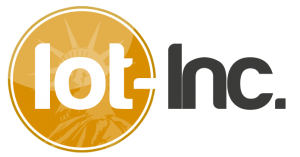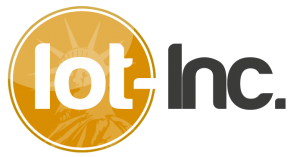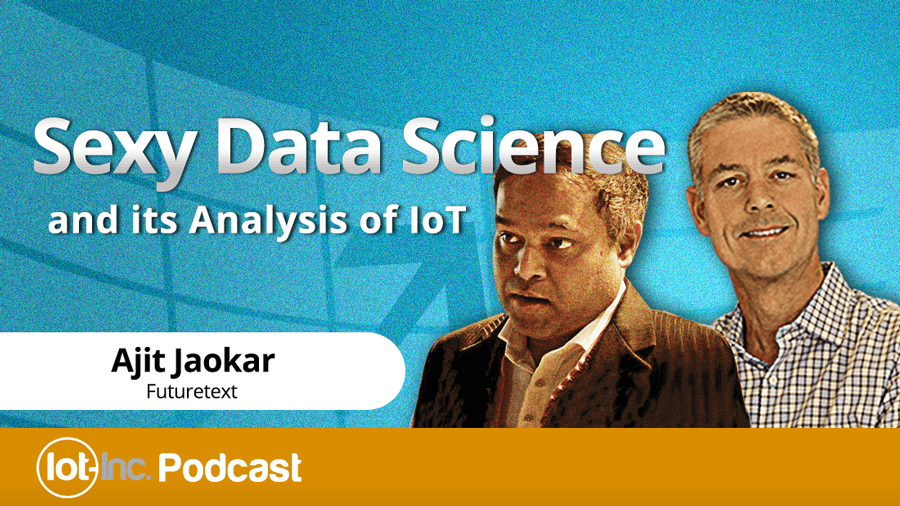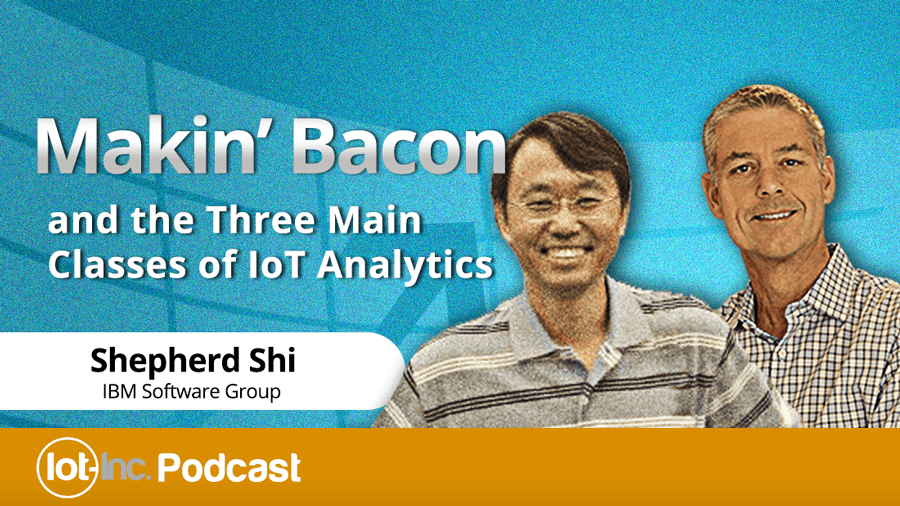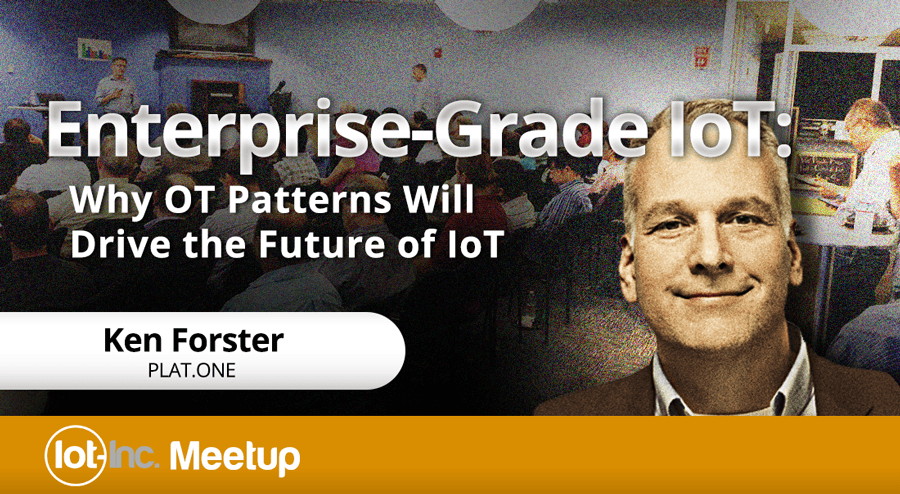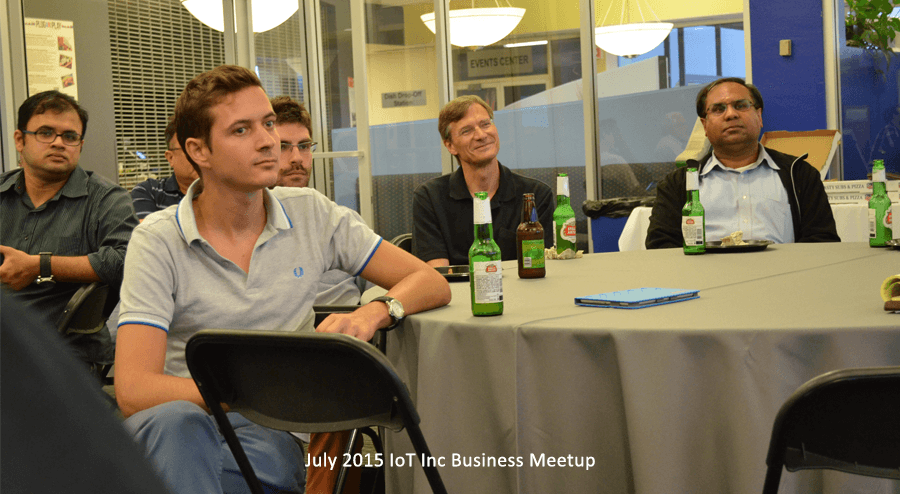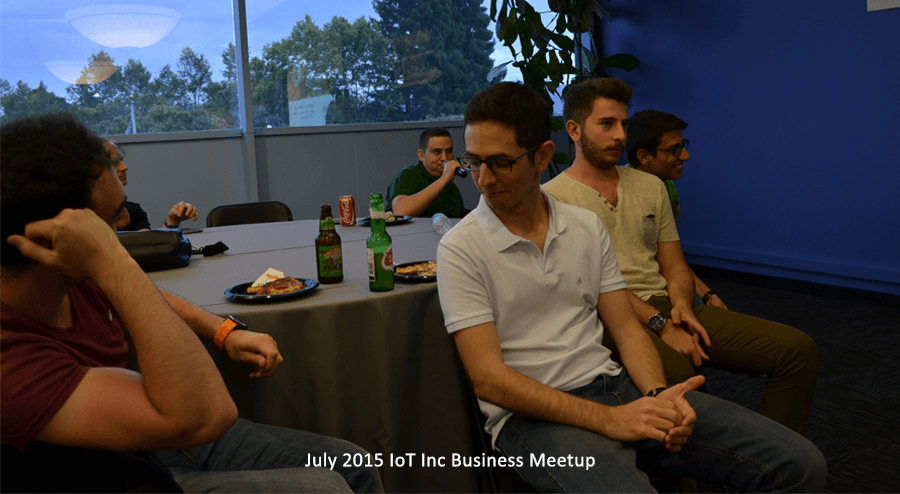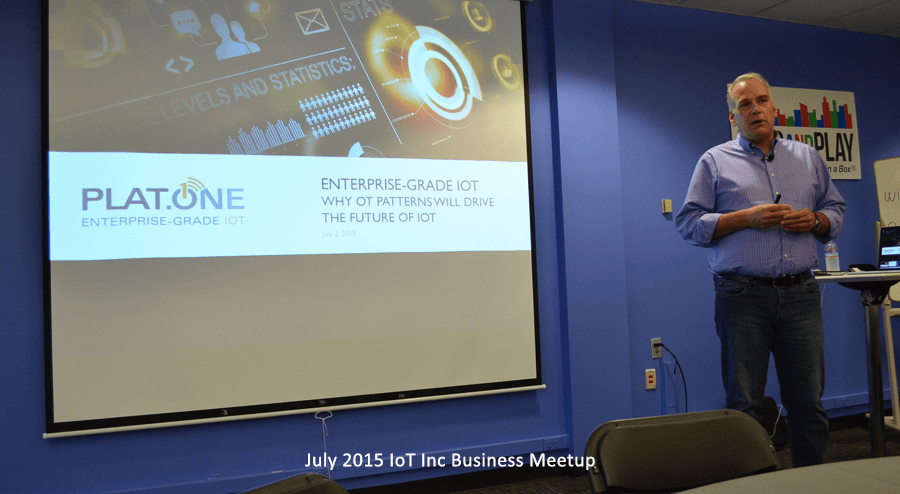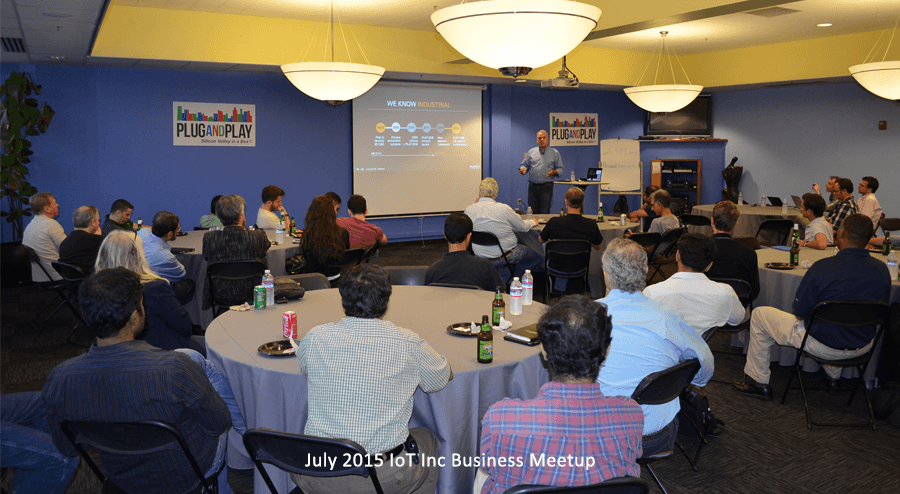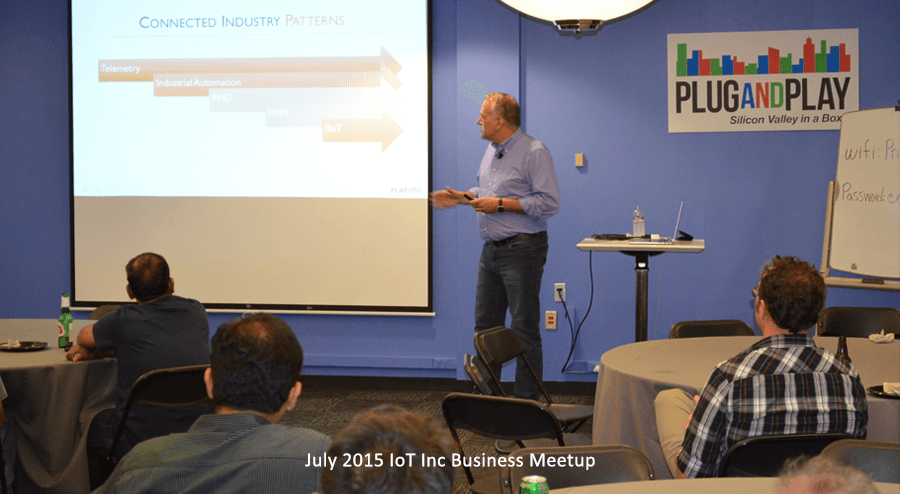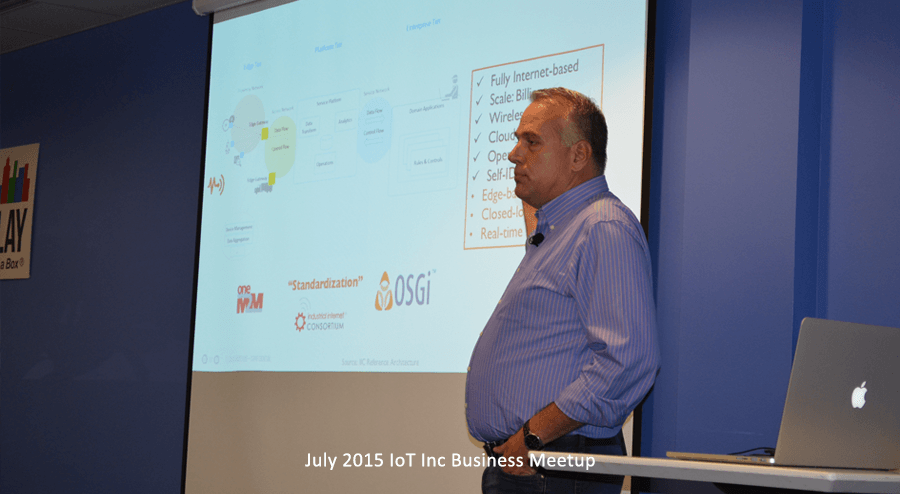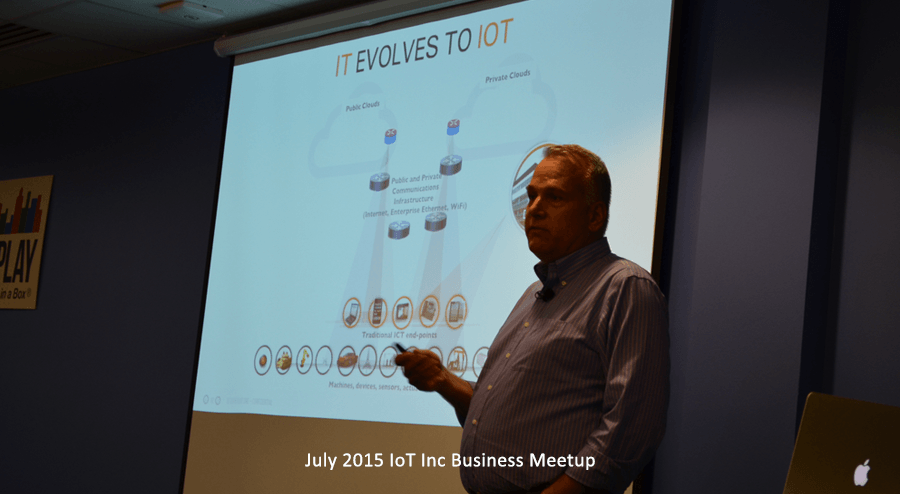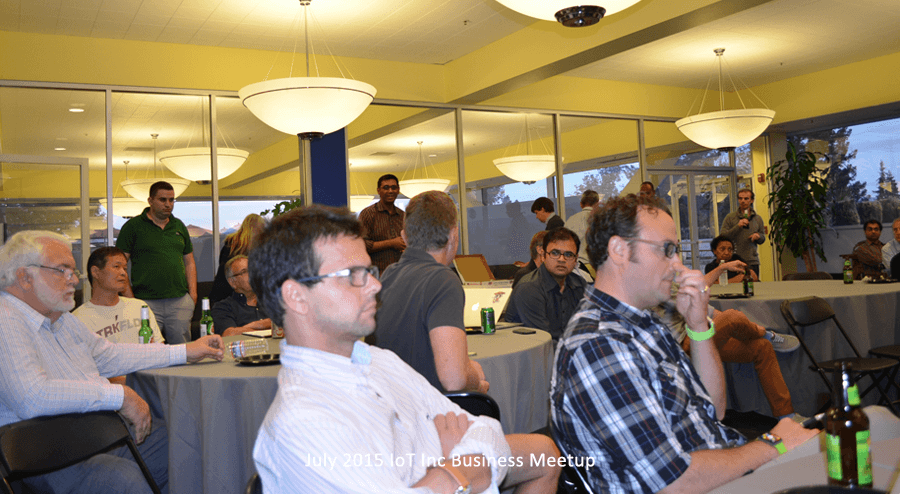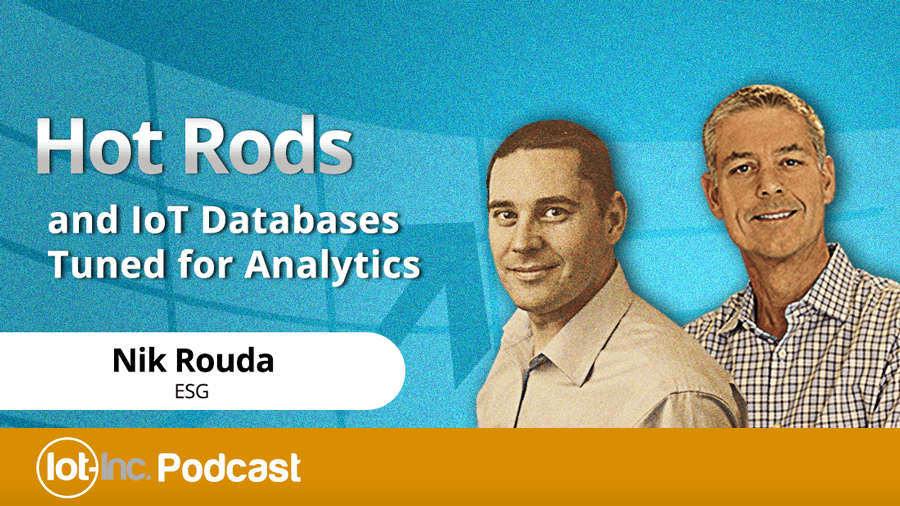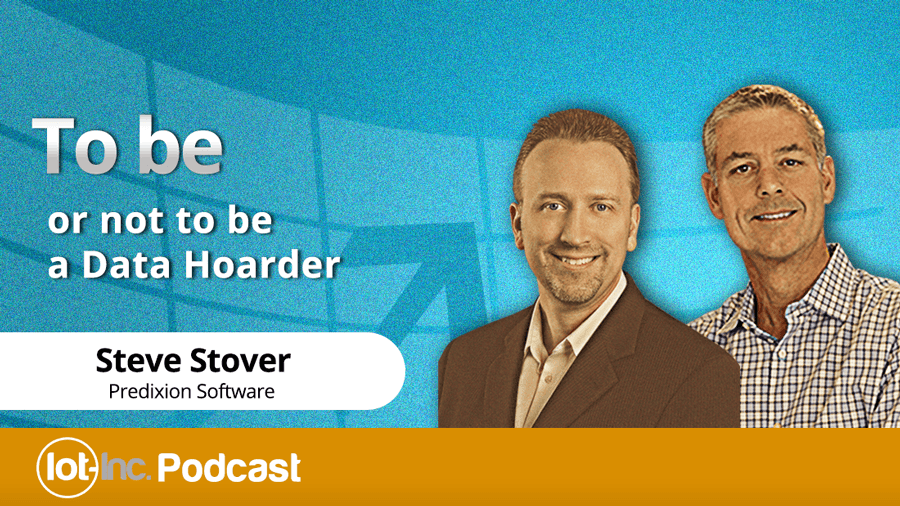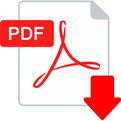22 Jul Predictive Analytics Deep Dive – the Shape of Things to Come
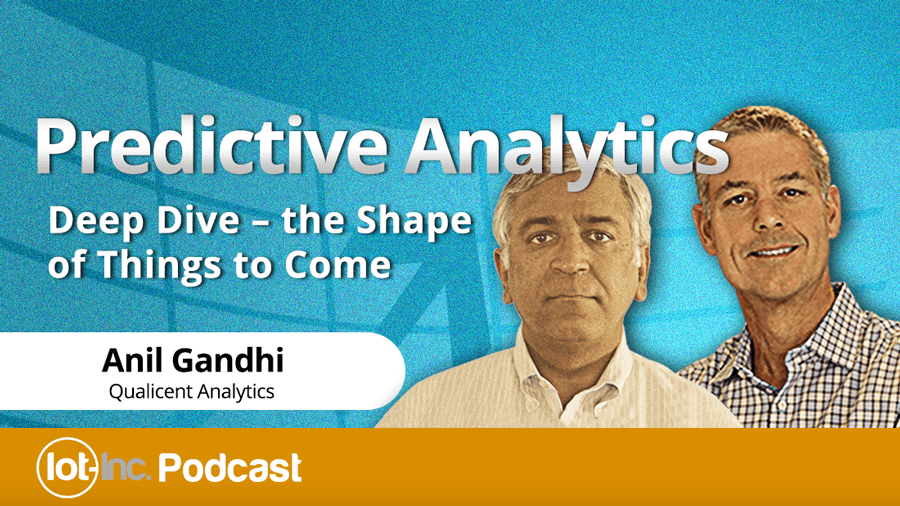
Episode 26
OK, get ready for it, we’re going to get down and dirty with predictive analytics and when I say dirty, I mean the mathematics of the different forms of predictive models dirty. Geek fest? Yes, but close your eyes and extrapolate how predictive analytics can be applied to your situation. By understanding how it works you will also understand the limits of what it can and cannot do.Listen to this podcast (or read the transcript) with Anil Gandhi and emerge with a better understanding of predictive analytics and how it really relates to real-time and descriptive analytics ...
